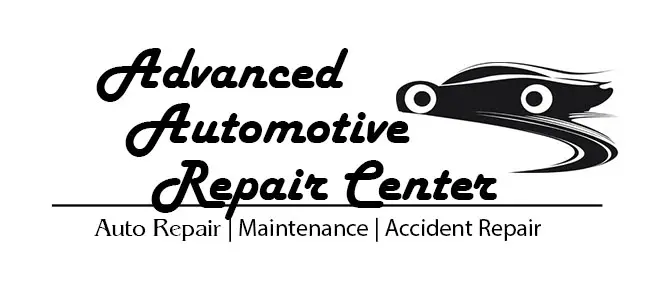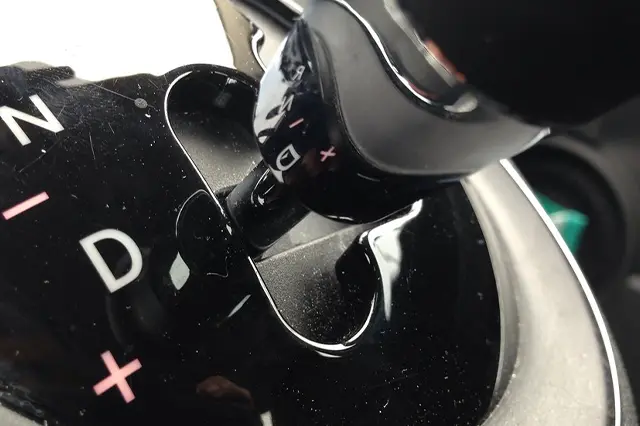
Can you fix a transmission without replacing it?
A transmission is one of those parts of your car that you don’t really think about until it goes out of order. And when it does, you may be tempted to just replace it. But is that the best solution? In this blog post, we will explore the pros and cons of repairing a transmission instead of replacing it. We will also highlight some tips for fixing a transmission without having to replace it.
How can you fix a transmission without replacing it?
If your car has a transmission that is showing signs of wear and tear, or if it simply won’t shift into gear, you may be able to fix it without replacing it. Here are four steps to repairing a transmission without removing it:
1. Check for Transmission Fluid Leaks
One of the first things you should do is check for fluid leaks. If there are any leaks, you can fill them with sealant and fix them up before proceeding with the next step. If there are no leaks, then proceed to step 2.
2. Clean and Lube the Gears
Once you’ve checked for fluid leaks, your next step is to clean and grease the gears. This will help transfer power more smoothly between the engine and transmission, which will in turn improve shifting performance.
3. Replace Seals and Gaskets if Necessary
If Step 2 didn’t find any leaks, but the gears still seem to be losing power when you try to shift into gear, then it’s time to replace seals and gaskets. Again, this can be done without having to remove the transmission from the car.
4. Adjust Shifting Paths if Necessary
If Step 3 didn’t fix the problem, or if you still feel that the gears are losing power, then you may need to adjust the shifting paths. This can be done by adjusting the transmission fluid levels or by replacing certain parts of the transmission.
What are the symptoms of a bad transmission?
If your transmission is making strange noises or slipping, it may be time to take it in for repair. Transmission problems can cause a variety of symptoms, such as:
-Slipping and grinding noise when driving
-Strange odors
-Difficult to shift gears
-Possible loss of power
If you notice one or more of these symptoms, it’s best to have your transmission checked out by a mechanic. However, if you’re comfortable working on your car yourself, there are some things you can do to try and fix the problem without replacing the transmission. First, make sure the fluid level is correct. If the transmission is low on fluid, it will slip and make the noise.
Add fluid as needed using a funnel or syringe. Next, check the bearings. If they’re worn out or dirty, they will make the noise and gear shifting will be difficult. Clean the bearings with a solvent like acetone or gasoline and replace them if necessary. Finally, reattach the torque converter pulley bolt and tighten it gently with a wrench. This will help keep everything in place and reduce noise.
Checking and Troubleshooting Transmission Problems
If you’re having transmission problems, your first step should be to check for and fix any underlying causes. Many common problems, like loose or broken parts, can be fixed without replacing the transmission. Here are some tips for checking and troubleshooting transmission problems:
1. Check for obvious signs of trouble. If you notice an error code on your dashboard or strange sounds from the engine, it’s probably time to take a closer look at your transmission. Check for fluid leakage, rattling noises, or unusual odors.
2. Test drive your vehicle with the engine running and gear selector in neutral to see if any gears are slipping or not engaging properly. Try changing gear while driving at various speeds to see if there is a specific gear that is giving you trouble.
3. Inspect all mechanical and electrical components around the transmission that could impact its performance, such as the torque converter, fluid lines, and shift linkage. Replace any components that are damaged or worn out.
4. If you still have difficulty solving the problem, consult a professional technician who will be able to inspect the entire system more thoroughly and may recommend a replacement if necessary.
Transmission Replacement Basics
Replacing a transmission can be expensive and time-consuming, so sometimes it’s best to just replace it. Here are some basics on how to do this:
1. Make sure the vehicle is level. If the car is not level, the gears will not mesh properly and the transmission will not work properly.
2. Disable the emergency brake by pressing and holding the emergency brake button for two seconds or until the light turns off.
3. Disconnect all ground cables from the transmission before beginning any repairs. These cables might be connected to battery, air conditioning, etc., and if they’re disconnected, these systems won’t function while the car is in motion.
4. Pry off the inspection cover (you may need a Phillips screwdriver) at the front of the transmission case. You’ll then be able to see all of the gears inside and their related shafts and bearings. Make sure you record which gear number is each gear has so you can reattach them correctly when you put everything back together later on!
5. Open up each gearbox assembly by removing four screws that hold it together (two on each side). Be careful not to lose any gears or springs inside! Inspect all of these gears for damage; if there is any, simply replace them now before continuing with step 6 below. If there isn’t any damage, turn one of each gearbox assembly around so that their teeth are facing the ground and reattach the screws.
6. Reinstall the gearboxes by lining them up in their correct positions and screwing them back in place. Be sure to reinstall the inspection cover before doing so. Congratulations! Your transmission is now fixed!
Conclusion
Replacing a transmission can be a costly and time-consuming process, but it’s not always necessary. In some cases, such as when the gearbox has failed or the fluid has been contaminated, a transmission replacement may be the best course of action. If you’re not sure whether your car requires repairs or replacements, don’t hesitate to contact our team of experts for help. We’ll be happy to give you a free estimate and guide you through the entire process.
